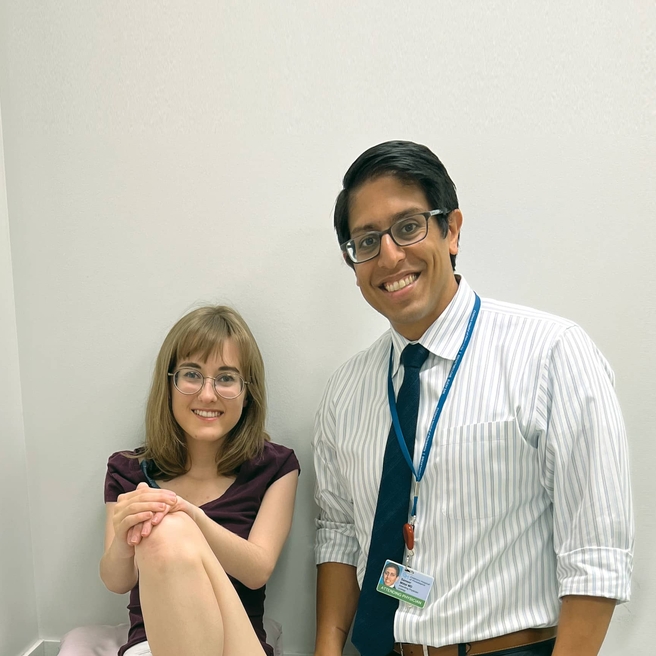What is a testicular tumor?
Testicular tumors are growths on the testicle. A pediatric testicular mass can be benign (meaning it will not spread to the rest of the body) or malignant (meaning it is cancerous and can spread).
Tumors of the testicle account for 1-2% of all pediatric solid tumors (occurring in 1 in 100,000 boys younger than age 15 years).
Types of testicular tumors in children, teens and young adults
Although the presentation and initial surgical treatment is similar for most testicular masses, there are two different types according to the patient’s age:
- Germ cell and stromal tumors classically defined as “pediatric” testicular tumors, which usually occur before the age of 2
- Germ cell tumors that occur in adolescents and young adults
Symptoms and diagnosis of testicular tumors
A painless scrotal mass is the most common initial complaint. There might also be discomfort in the testicle or scrotum. Other causes must be ruled out, such as epididymo-orchitis (due to inflammation or infection), hernia/hydrocele (swelling in the scrotum), acute testicular torsion, undescended testicle, or precocious puberty. This can typically be achieved on an office exam.
To reach a diagnosis, imaging such as ultrasound, CT scan or MRI will be performed, and bloodwork will be done to detect tumor markers.
Treatment for testicular masses in children and teens
At Children’s Hospital of Philadelphia (CHOP), pediatric urologists partner with pediatric cancer specialists from CHOP’s Division of Oncology to determine an individual treatment approach to each patient’s testicular tumor.
Benign testicular masses
Testicular masses present a unique challenge in the pediatric population. In boys who have not yet entered puberty, masses are more frequently benign, and we advocate for a testicle-sparing approach or partial orchiectomy. This requires accurate imaging analysis with clear pictures delineating the anatomy and prompt analysis of the tumor by our pathology team. If a benign tumor is suspected, the mass is excised and the testicle preserved, allowing for maximal benefit to the patient.
Malignant or cancerous testicular tumors
Care for Urologic Tumors
Pubertal boys have a higher likelihood of a malignant lesion. Our approach to treatment involves specialized blood tests, accurate diagnostic imaging, and surgical excision. Our Oncology multidisciplinary treatment team has a unique expertise in the management of patients with malignant testicular germ cell tumors and takes a collaborative approach in the treatment of these cancers.
Depending on the size and characteristics of the mass and the potential for the cancer to spread, we may treat testicular tumors with one or a combination of the following:
- Surgery that removes the tumor without fully removing the testicle (partial orchiectomy)
- Surgery that removes the tumor and the whole testicle (a radical inguinal orchiectomy)
- Surgery that removes affected lymph nodes
- Chemotherapy: treatment with medicines
- Radiation therapy: treatment with high-energy radiation
We realize that it can be stressful for families to hear a diagnosis of a testicular tumor. Our primary goal is tumor control — in some instances, we achieve a better cancer outcome if the entire testicle is removed as opposed to doing a partial orchiectomy. It is important to know that your son can develop normally and father a child with only one testicle, in the event that an orchiectomy is recommended.
Resources to help
Division of Urology Resources
Caring for a child with an illness or injury can be overwhelming. We have resources to help you find answers to your questions and feel confident in the care you are providing your child.
